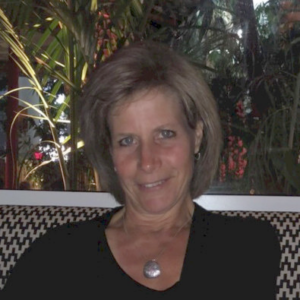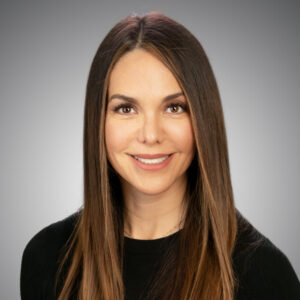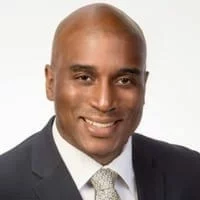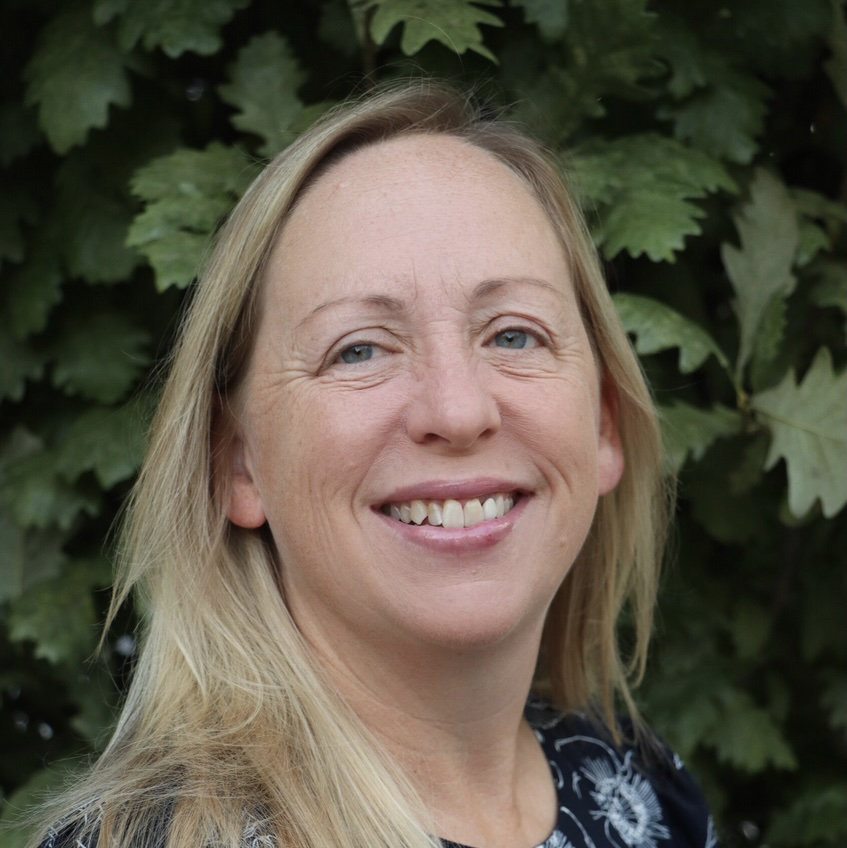
The numbers don’t lie.
According to research conducted by Zippia (and amplified in a blog post by Christopher Kunney), the most common ethnicity among CIOs in the United States is White. And while that may not come as a surprise, the actual statistics are alarming: 76.9 percent of CIOs across all industries including healthcare, are White; 7.5 percent are of Hispanic or Latino ethnicity, 7.4 percent of Asian ethnicity, and just 3.7 percent are African Americans.
"This tells me that something is missing," said Cletis Earle, a former CIO for multiple organizations, including Penn State Health. "Some are still being left behind."
It's a trend that leaders like Earle hope to eradicate, particularly given the rapidly evolving healthcare needs and increasingly sophisticated user expectations. By assembling leadership teams with diverse backgrounds, many believe health systems will be better equipped for digital transformation.
The problem – or at least, one of them – is the inherent bias that can prevent organizations from building diverse teams.
"As we put teams together, we tend to gravitate to people who are most like us," said Lori Boisjoli, SVP and CIO at The University of Vermont Health Network. And yet, "there's a lot of data supporting the idea that the most high-performing teams are well-rounded with diverse people and opinions." Having at least some degree of dissent can compel leaders to "think differently."
Recently, we spoke with Boisjoli, Earle, and Karla Arzola (a former CIO at HCA and most recently, Rocky Mountain Human Services) about why diverse representation is so important, the obstacles organizations face with DEI initiatives, and steps leaders can take to overcome them.

Lori Boisjoli
When Boisjoli sought out her Computer Science degree, "there weren't many women in STEM programs." The trend continued as she progressed in her career, starting on the vendor side in product development roles until she landed the role of director of clinical and business systems with UVM, eventually becoming network CIO, a position that has often eluded women in academic medical organizations.
Shattering glass ceilings, however, was not necessarily her goal. "I never counted how many women were at the table," Boisjoli said. "For others, it's very important, but it didn't resonate with me." Instead, she has been laser-focused on providing a better user experience by establishing a shared services model across the organization. Now, rather than having separate systems for each of the six hospitals as well as home health, "we brought them together under a single umbrella."
And while she chooses not to put too much emphasis on gender, she does firmly believe that it's important to have representation in the C-suite. "We need female leaders at the table," she noted. "We do bring a different perspective, and that balance of different ideas is important to move any organization forward."

Karla Arzola
What's also critical, according to Arzola, is ensuring the leadership teams reflect the makeup and needs of different communities. In Colorado, for example, nearly a quarter (22 percent) of the population is Hispanic. "If the core team that is trying to solve a problem doesn't understand the root, it's going to be harder to come up with a resolution," she said. "Bringing different perspectives from someone who can relate more to the problem we're trying to solve is super important."
And that's just one subset. "We have people from different backgrounds, countries, and upbringings, and everyone has something of value to bring to the table," Arzola noted. And even if a particular group comprises 2 percent of the population, leaders still need to figure out how to provide the right care, whether that means implementing translation services or working to understand different customs or preferences.
"We need to understand their challenges," she noted. "That's why I believe diversity is key for everybody's success. The more we get to know each other, the easier it is to solve problems."

Cletis Earle
The harsh reality is that not everyone places the same value on diversity, equity, and inclusion (DEI) initiatives, according to Earle, who has seen significant pushback in recent years. When his team at a former organization launched a series of TEDTalks focused on different aspects of DEI, "we got a lot of backlash. People were asking, 'why are we taking time to learn about different barriers?'"
But instead of caving to the pressure, Earle forged ahead, continuing to offer 5-7 minute talks demonstrating why DEI measures are important and how they can strengthen teams.
"It started to filter through the organization," he said. "One week we would talk about the benefits of hiring people with disabilities, the next we would talk about veterans and the amazing things they've done in technology."
Of course, the naysayers will always be there, and while it might be tempting to try to turn them, it's often fruitless, he said. "I don't understand how people can see something wrong with this, but I've realized that some people don't want to think differently. They don't want to accept a different narrative." But as a leader, "you can't let the squeaky wheel win."
However, as in many situations, the 'how' is the difficult part, according to the experts, who offered advice based on their experiences.
Finally, it's critical that leaders are able to acknowledge gaps that exist and challenges being faced – even if there is no personal connection. "Sometimes we don't see the problem if it doesn't impact us directly," said Earle. It can just mean looking around and taking stock of representation, particularly in the C-suite. "I'm not Hispanic, but I can see that there aren't a lot of Hispanic leaders in healthcare IT."
By speaking up, leaders can start to affect change, even if it's a slow burn. What they should not – and cannot – do is stay silent. "We need to continue to fight this."

No contributors linked to this article.

Questions about the Podcast?
Contact us with any questions, requests, or comments about the show. We love hearing your feedback.

© Copyright 2024 Health Lyrics All rights reserved